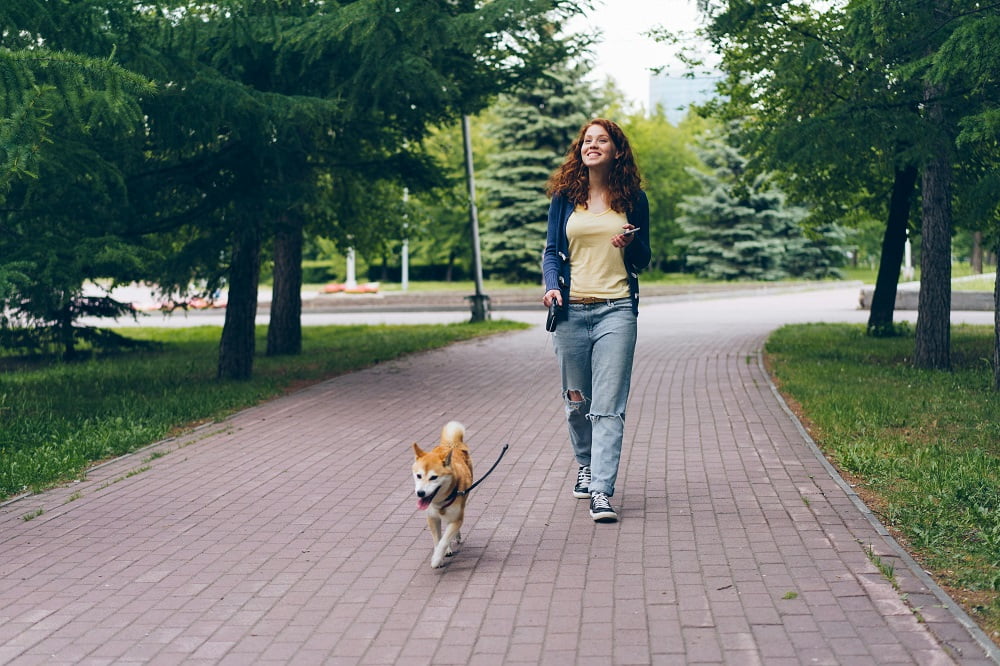
[ad_1]
Description: In this article, we will discuss the importance of finding a loose dog in the neighborhood and what steps you can take to help reunite them with their owner. We will also provide some tips on how to approach a lost dog and ensure their safety until help arrives.
How can you identify a loose dog?
Identifying a loose dog in the neighborhood is crucial for their safety and well-being. Look for signs such as a lack of collar or tags, a dirty or unkempt appearance, and a timid or scared demeanor. If the dog seems lost or confused, they may be in need of help.
If you come across a loose dog, approach them slowly and calmly. Avoid making sudden movements or loud noises that may startle them. Speak to the dog in a gentle and soothing voice, and offer food or treats to gain their trust. Once you have gained their trust, check for any identification tags or contact information on their collar to help locate their owner.
What should you do if you find a loose dog?
If you find a loose dog in the neighborhood, the first step is to ensure their safety. Check for any immediate dangers such as busy roads, aggressive animals, or hazardous materials. Once the dog is safe, try to approach them slowly and offer assistance.
You can try to lead the dog to a safe and secure area, such as a backyard or fenced-in yard, to prevent them from wandering further. If the dog seems scared or aggressive, it is best to contact local animal control or a professional animal rescuer for help. Remember to never approach a loose dog if you feel unsafe or unsure of how to handle the situation.
How can you help reunite a lost dog with their owner?
If you have found a loose dog in the neighborhood, the next step is to help reunite them with their owner. Take the dog to a nearby veterinarian or animal shelter to have them scanned for a microchip. A microchip can provide valuable information about the dog’s owner and help expedite the reunion process.
You can also post flyers or posters in the neighborhood with a description and photo of the dog, along with your contact information. Use social media platforms and online lost pet databases to spread the word about the lost dog and reach a larger audience. By taking these proactive steps, you can increase the chances of reuniting the dog with their owner.
What are some tips for approaching a lost dog?
Approaching a lost dog can be a delicate and sensitive situation. Remember to remain calm, patient, and non-threatening in your approach. Avoid making direct eye contact or sudden movements that may scare the dog. Instead, crouch down to their level and offer a hand for them to sniff.
Use soft and reassuring tones when speaking to the dog, and avoid using a high-pitched or loud voice. Offer food or treats to gain their trust and make them feel more comfortable around you. If the dog seems fearful or skittish, give them space and time to approach you on their own terms.
Conclusion
It is important to be vigilant and proactive when it comes to helping a loose dog in the neighborhood. By following these tips and guidelines, you can make a difference in reuniting a lost dog with their owner and ensuring their safety and well-being. Remember to always approach a lost dog with caution and kindness, and to seek help from professionals if needed.
Concerns over dogs let loose in neighborhood
FAQs
1. How should I approach a lost dog in the neighborhood?
When approaching a lost dog, it is important to remain calm, patient, and non-threatening. Avoid making sudden movements or loud noises that may scare the dog. Speak to the dog in a gentle and soothing voice, and offer food or treats to gain their trust.
2. What should I do if I find a loose dog with no collar or tags?
If you find a loose dog with no collar or tags, the best course of action is to contact local animal control or a professional animal rescuer for help. They can assist in scanning the dog for a microchip and locating their owner.
3. How can I help spread the word about a lost dog in the neighborhood?
You can help spread the word about a lost dog by posting flyers or posters in the neighborhood, using social media platforms, and contacting local animal shelters and veterinarians. Be sure to include a description, photo, and contact information for the lost dog.
4. What should I do if a lost dog appears scared or aggressive?
If a lost dog appears scared or aggressive, it is best to give them space and avoid approaching them. Contact local animal control or a professional animal rescuer for assistance in safely handling the situation.
5. How can I ensure the safety of a lost dog while waiting for help to arrive?
To ensure the safety of a lost dog while waiting for help to arrive, try to lead them to a safe and secure area, such as a backyard or fenced-in yard. Avoid leaving the dog unattended or in a dangerous situation, and contact local authorities for assistance.
[ad_2]
